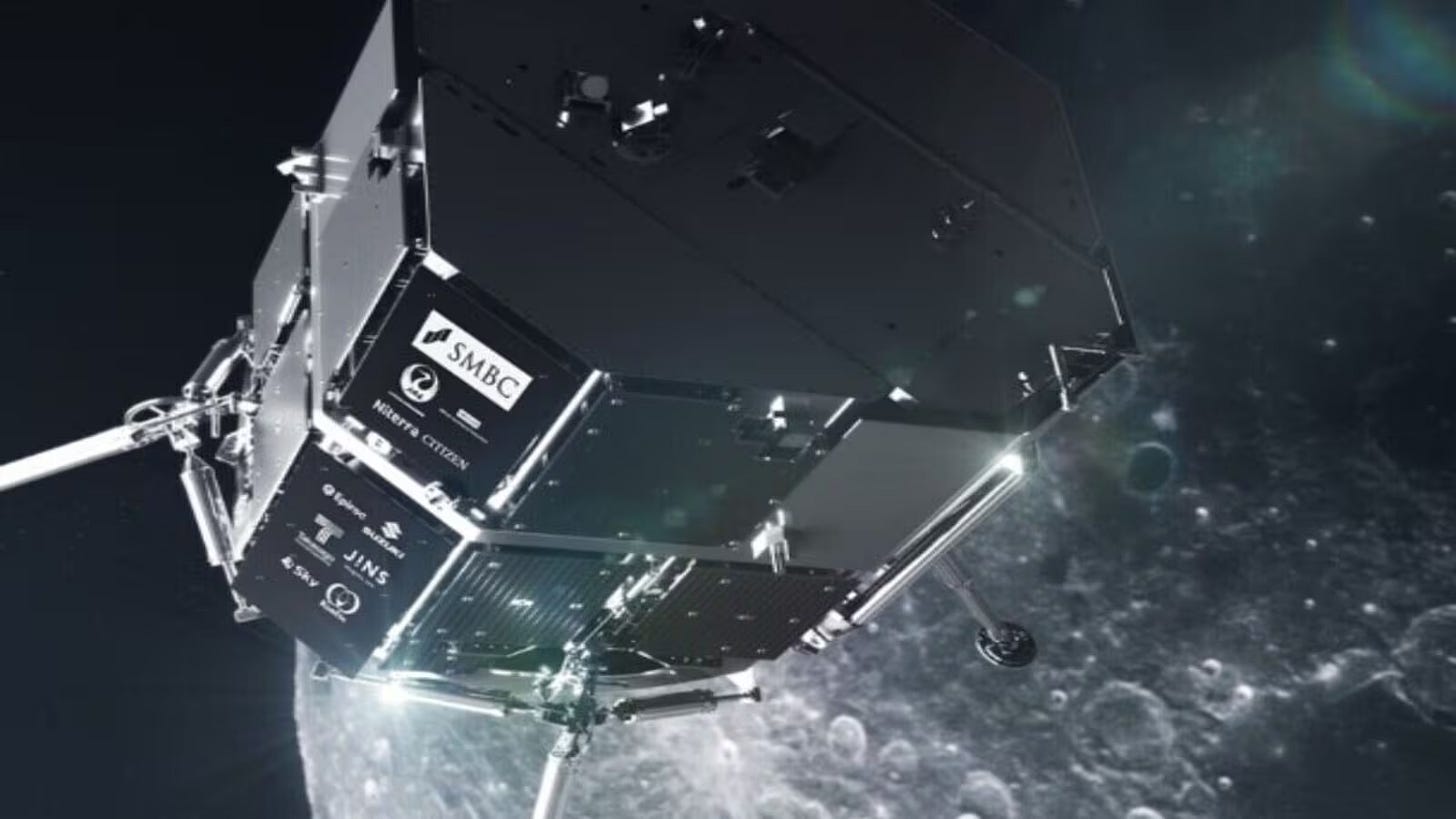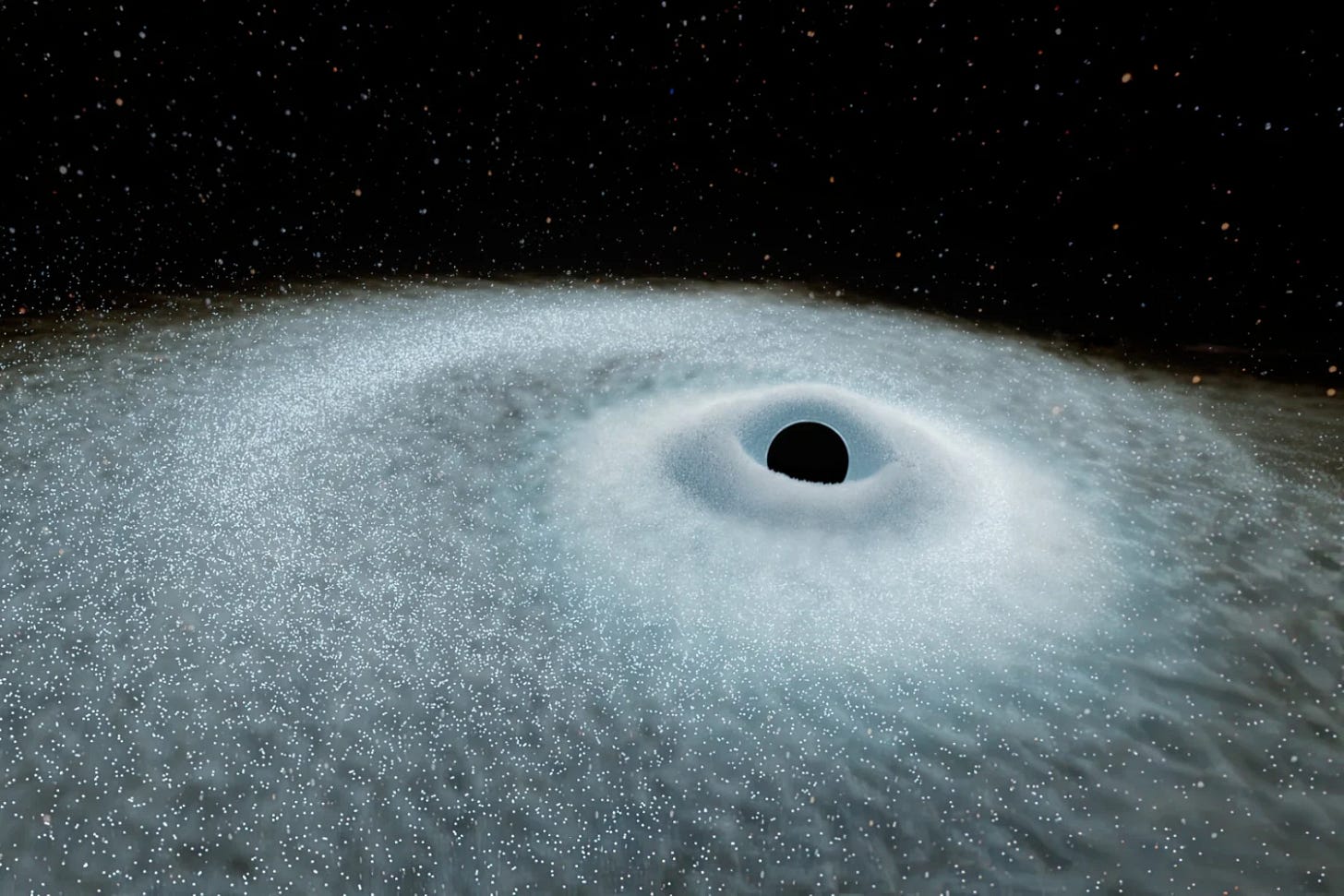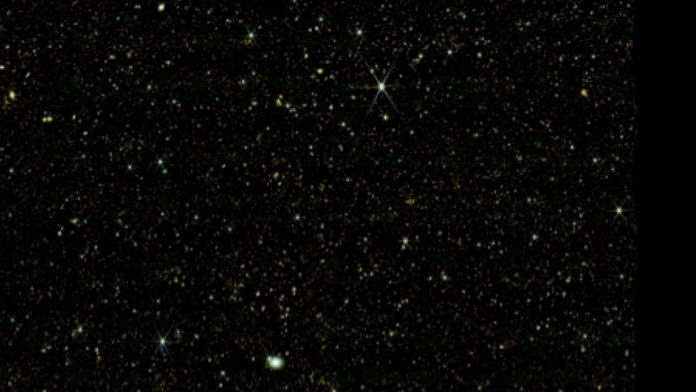Weekly - ispace’s lander crashes into moon again and more
🟡 Weekly Space News - Quick and Easy.
Our Engagement Palette!
Check out our colour-coded system for our weekly space news:
🟤 Brown: For weeks that are mundane and bland.
🟡 Yellow: For fairly interesting weeks.
🟢 Green: For the most exciting weeks.
This Palette will help you decide if this week’s news is worth your time!
This week ranks yellow 🟡 on the Engagement Palette.
ispace’s lander crashes into moon again
Japanese company ispace’s lunar lander Resilience, which was launched in January with hopes of landing on the moon, crashed onto the lunar surface last week. ispace lost contact with the lander 2 minutes before the landing. The company later reported that the lander had failed to slow down sufficiently during landing. This is the second time ispace has failed a landing. The first one was with Hakuto-R in 2023. The Blue Ghost lander, which was launched along with Resilience, landed successfully a few months ago.
Scientists find the largest explosion in the universe
Recently, scientists went through data from the ESA’s Gaia telescope and identified a completely new type of explosion for the first time. An explosion so big that it is nearly 25 times more powerful than the largest supernova. This new explosion is called an ENT, more like a flare that forms when a supermassive blackhole slowly feeds on a large star over a long time. This is similar to, but has a much bigger scale than, TDEs, which occur when a star is ripped apart in a matter of days. The TDE named Gaia18cdj was discovered in 2018, but until now, no one knew its real scale or that it was an ENT.
JWST releases largest map of the universe ever
Last week, over 200 scientists from 12 countries revealed the COSMOS map using data from the James Webb Space Telescope. This new map absolutely dwarfs the Hubble telescope’s map released in 2004, which, up until now, was the most in demand. The COSMOS map encompasses more than 800,000 galaxies, 80 times more than Hubble’s 10,000 galaxy map.




